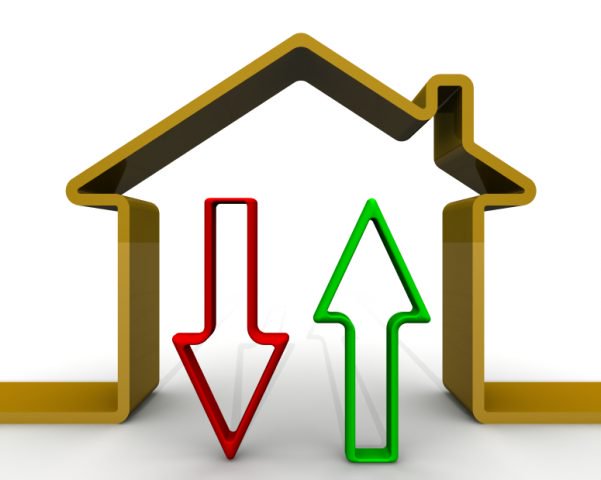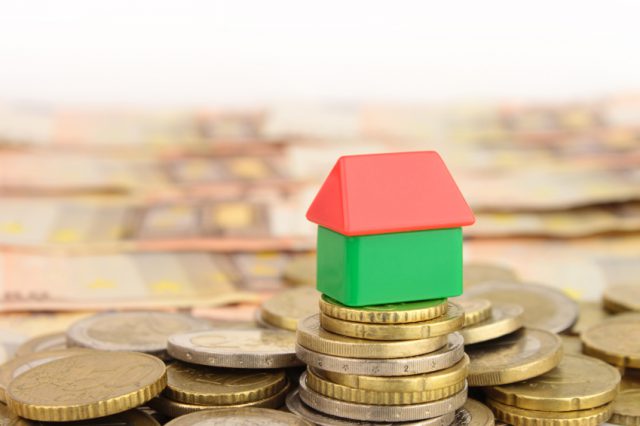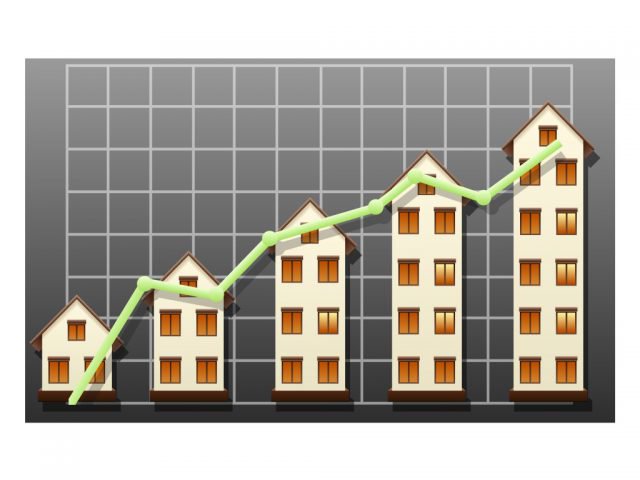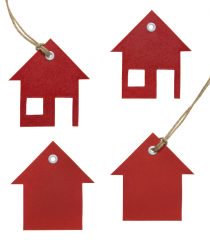Residential analyst, Hometrack, has revealed findings from its latest UK Cities House Price Index.
UK house prices have risen by an average of £11,500 in the 12 months to May 2015. Seven cities in the South of England have significantly surpassed this growth.
The average price of a UK home is now £189,400, with London’s typical price more than double this, at £425,700.
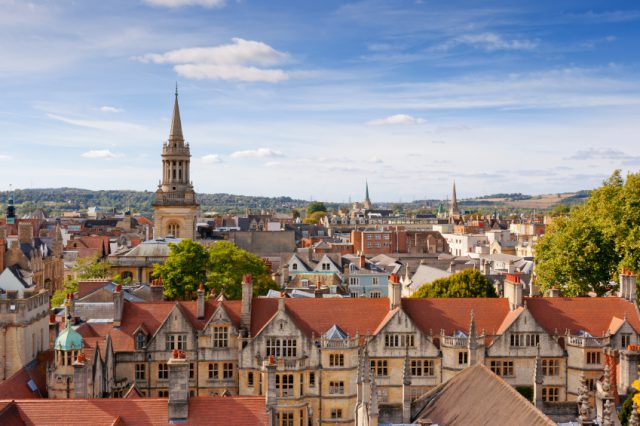
House Price Growth in South Surpassing UK Average
Oxford has experienced the highest monetary growth in the year to May, of £41,700. This is almost quadruple the UK average. London follows at £38,900, Cambridge at £23,900, Bristol at £22,400, Southampton at £15,300, Bournemouth at £15,300 and Portsmouth at £15,000. These gains are due to robust demand, reinforced by strong local economies.
All 20 cities reported gains in the past year, however, three northern cities added less than half the UK average to property prices. Liverpool with £4,200, Newcastle with £4,700 and Sheffield with £5,300 are still 14%, 8.5% and 3.8% below their 2007 peak, respectively. These cities form part of nine cities in the North of England, Scotland and Northern Ireland, which are recovering at a much slower rate than other areas, due to weaker demand from buyers.
All cities, except Aberdeen, which saw a decrease of 0.4%, reported monthly gains in May, potentially a post-general election bounce. Bristol had the highest increase, of 1.3%, followed closely by Cambridge, Leicester, Liverpool and Belfast at 1.2%.
Other key findings include:
- UK property prices rose by 0.8% in May to £189,400 – 3.8% above the 2007 peak.
- 11 out of the 20 cities in the Index have outperformed their 2007 peak. London at 36.5% above, Cambridge at 34.7% and Oxford at 31.1% are at the top.
- The cities furthest from their peak were Belfast at -47.7%, Liverpool at -14% and Glasgow at -12.8%.
- Significant monetary gains were made by all cities, ranging from £4,200 in Liverpool to £41,700 in Oxford.
- Bristol is still reporting the fastest monthly price growth, with a 1.3% increase in May.
Director of Research at Hometrack, Richard Donnell, comments: “House prices have picked up momentum post-election. An increasing proportion of households are feeling the benefits of the improving economy, which means that house price growth is set to continue in the coming months. The greatest risk is an earlier than expected increase in interest rates, which would knock market sentiment.
“The strong demand-side recovery seen in southern England has yet to spread to other cities, revealing the diverse nature of the housing market. All cities are making gains at different rates of growth, but the cities with the biggest increases all have something in common – strong local economies.
“Affordability pressures will bite at some point in the high value, high growth markets. The double-digit price growth registered in cities such as London, Oxford and Cambridge is being sustained by a lack of supply and below average transaction volumes with a third of sales funded by cash or buy-to-let mortgages.
“London has the highest price to earnings ratio, but it covers a wide range of sub-markets. Over the last three years, the impetus for house price growth has shifted from prime markets to the more affordable markets in Outer London and the commuter belt.”1
Hometrack’s price change analysis
|
City
|
Current average price |
Multiple of UK average |
Price gain in last 12 months |
Price change since 2007 |
Prices compared to 2007 peak
|
| Oxford |
£380,100 |
2.01 |
£41,700 |
£90,300 |
31.1% |
| London |
£425,700 |
2.25 |
£38,900 |
£113,900 |
36.5% |
| Cambridge |
£359,200 |
1.9 |
£23,900 |
£92,600 |
34.7% |
| Bristol |
£227,600 |
1.2 |
£22,400 |
£28,700 |
14.4% |
| Bournemouth |
£246,300 |
1.3 |
£15,300 |
£13,700 |
5.9% |
| Southampton |
£198,500 |
1.05 |
£15,300 |
£15,000 |
8.1% |
| Portsmouth |
£198,00 |
1.05 |
£15,000 |
£15,500 |
8.4% |
| Leicester |
£146,700 |
0.77 |
£9,500 |
£2,300 |
1.5% |
| Belfast |
£118,900 |
0.62 |
£9,300 |
-£96,845 |
-47.7% |
| Aberdeen |
£193,600 |
1.02 |
£9,300 |
£24,400 |
14.4% |
| Cardiff |
£178,900 |
0.94 |
£8,800 |
£2,400 |
1.3% |
| Leeds |
£146,400 |
0.77 |
£7,800 |
-£10,100 |
-6.4% |
| Manchester |
£139,200 |
0.73 |
£7,800 |
-£7,600 |
-5.1% |
| Nottingham |
£129,500 |
0.68 |
£7,300 |
-£100 |
0% |
| Birmingham |
£136,300 |
0.72 |
£6,500 |
-£5,600 |
-3.9% |
| Glasgow |
£112,200 |
0.59 |
£6,200 |
-£16,500 |
-12.8% |
| Edinburgh |
£198,600 |
1.05 |
£6,100 |
-£12,200 |
-5.8% |
| Sheffield |
£126,700 |
0.67 |
£5,300 |
-£5,000 |
-3.8% |
| Newcastle |
£122,100 |
0.64 |
£4,700 |
-£11,400 |
-8.5% |
| Liverpool |
£111,700 |
0.59 |
£4,200 |
-£18,200 |
-14% |
| UK average |
£189,400 |
1 |
£11,500 |
£6,900 |
3.8% |
Hometrack’s UK city index snapshot May 2015
|
City
|
%yoy May 2015 |
Average growth per month last quarter |
House price to earning ratio
|
| Glasgow |
5.8% |
1.4% |
3.7 |
| Liverpool |
3.9% |
1.1% |
4.3 |
| Newcastle |
4% |
0.8% |
4.7 |
| Nottingham |
6% |
1.3% |
4.8 |
| Sheffield |
4.4% |
0.9% |
5 |
| Birmingham |
5% |
0.9% |
5.3 |
| Manchester |
5.9% |
0.8% |
5.3 |
| Leeds |
5.6% |
1.1% |
5.4 |
| Belfast |
8.5% |
1.4% |
5.5 |
| Leicester |
6.9% |
1.1% |
5.8 |
| Aberdeen |
5.1% |
0.5% |
6.2 |
| Edinburgh |
3.2% |
1.4% |
6.5 |
| Cardiff |
5.1% |
0.5% |
6.8 |
| Southampton |
8.3% |
1.2% |
7 |
| Portsmouth |
8.2% |
1% |
7.2 |
| Bristol |
10.9% |
1.5% |
7.9 |
| Bournemouth |
6.6% |
1.2% |
8.7 |
| Cambridge |
7.1% |
0.8% |
11.5 |
| Oxford |
12.3% |
1.1% |
12.4 |
| London |
10.1% |
1.3% |
12.5 |
| 20 City Composite |
8.7% |
1.4% |
6.8 |
| UK average |
6.5% |
1% |
6.3 |
1 https://www.economicvoice.com/house-price-growth-in-south-england-cities-outperform-uk-average/

